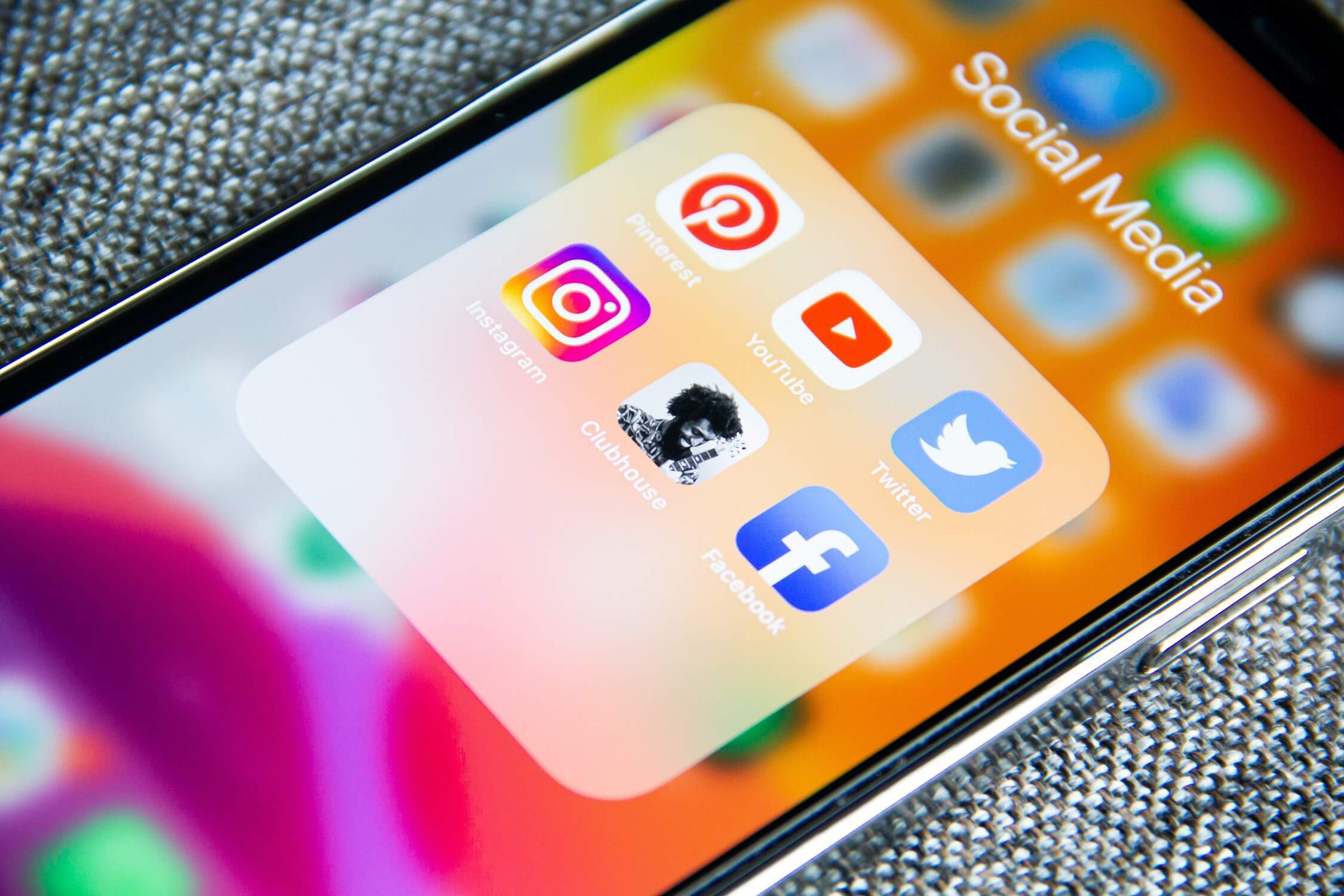*Online Marketing
Email marketing contributes to commercial success in every phase of the customer journey

How do you stay on the radar of potential customers? In B2B, the focus is often on personal contact, while an increasing part of the customer journey takes place online. A well-findable website and regular activity on social media are therefore essential, but how do you ensure that those visitors actually become customers? Email marketing can make a difference in this regard. In this article, we explain why email marketing helps build brand awareness and customer loyalty in every phase.
What is E-mailmarketing?

E-mailmarketing is an amazing addition to channels such as your website and social media for staying in touch with your audience.
In B2C, offers often take center stage, but in B2B, email marketing is often used more indirectly. By sharing information about a product or service, sharing examples (business cases), or providing insight into the purchasing process or service, email marketing lowers the barrier to getting in touch or making a (repeat) purchase. The target audience becomes more familiar with a brand and its approach, leading to more commercial success. Email marketing can, therefore, be applied in every phase of the customer journey.
The customer journey can be categorized in many different ways, for the purposes of this article, we’ll use:
1. Brand Awareness
2. Sales (Lead Nurturing)
3. Post-sales and Repeat Sales (After-sales)
Inspire potential customers during the brand awareness phase:
In the brand awareness phase, your customers are exploring possible solutions and partners or suppliers. Do you have a well-functioning, organically findable website? There’s a good chance they’ll end up on your website. How do you ensure that these visitors then shortlist you for further action or place an order directly?
In this phase, we want to collect email addresses from potential customers so that we can continue to be on their radar even after this initial contact. Therefore, make sure that potential customers subscribe to your newsletter on your website. Of course, there are other ways to convince people to leave their details. Think, for example, of offering a download, discount code, or personalized advice in exchange for an email address.
You can then use the collected email addresses to proactively keep potential customers informed about new articles, information about products, special events, and temporary promotions through email marketing. Your brand remains actively visible to potential customers, builds brand awareness, and informs the target audience about its products, services, and expertise.
Lead nurturing with email marketing: from lead to customer with tailored content
Lead nurturing is the practice of sharing content tailored to the stage of the customer journey where a potential customer is. Leads receive a series of emails, each containing information they need to move to the next phase in the purchasing process. As leads progress further in this process, the information becomes more product- and purchase-oriented.
This email marketing strategy is highly suitable for products and services where customers need specific knowledge to make a purchase. This is often the case in B2B, where purchasing decisions are typically not made hastily.
If you want to conclude the success of your lead nurturing strategy with a bang, offer potential customers a unique proposal, such as a sample or a free consultation. Leads ready to make a purchase are likely to be enticed by this, which serves as proof of a successful lead nurturing strategy! And what about the leads who don’t respond to the proposal? They can flow into other streams of your email marketing strategy to continue engaging with your brand. This could include receiving regular newsletters, for example.
A Clear Plan and Tools
Email marketing goes beyond a one-time newsletter. It’s a full-fledged marketing channel that needs to be integrated into the marketing mix. However, many organizations struggle with one aspect or another of implementation or planning. They may lack the knowledge or resources to design emails, choose the right software, import contacts, and create the necessary email content.In practice, a collaborative approach often works best. Merkelijkheid can handle the necessary planning and implementation, making sure your message stands out. We work together to achieve results and ensure that email marketing contributes to the commercial success of your brand. Contact us, and we’ll be happy to share our approach with practical examples.
Maintaining Contacts with Email Marketing Leads to Repeat Purchases and Brand Ambassadors
You’ve done it; your lead has become a customer! Can email marketing still be used? Absolutely, email marketing is still valuable. Even after a sale, email marketing contributes to generating repeat purchases and creating brand ambassadors.
In your email marketing strategy, don’t just focus on leads but continue to offer relevant content for every stage of the customer journey. Make room for after-sales content, such as updates on product maintenance or replacements, and continue to inspire existing customers.
To make the most of successful lead nurturing, one of your new customers may serve as an example that convinces your next customer!
Moving Forward with Email Marketing
After reading this article, you can go in two directions:
1. Getting started with email marketing: Creating an email marketing strategy in 6 steps.
2. 8 reasons to write a B2B newsletter.
We hope that the second article will persuade you, as a hesitant marketer, to embrace email marketing.
If you’re still not convinced of the value of email marketing for your brand after reading this article, perhaps these “8 reasons to write a B2B newsletter” can sway you. If you are convinced and ready to start, a series of articles will help you get started. In the article “Getting Started with Email Marketing: Creating an Email Marketing Strategy in 6 Steps,” we outline the first steps.
